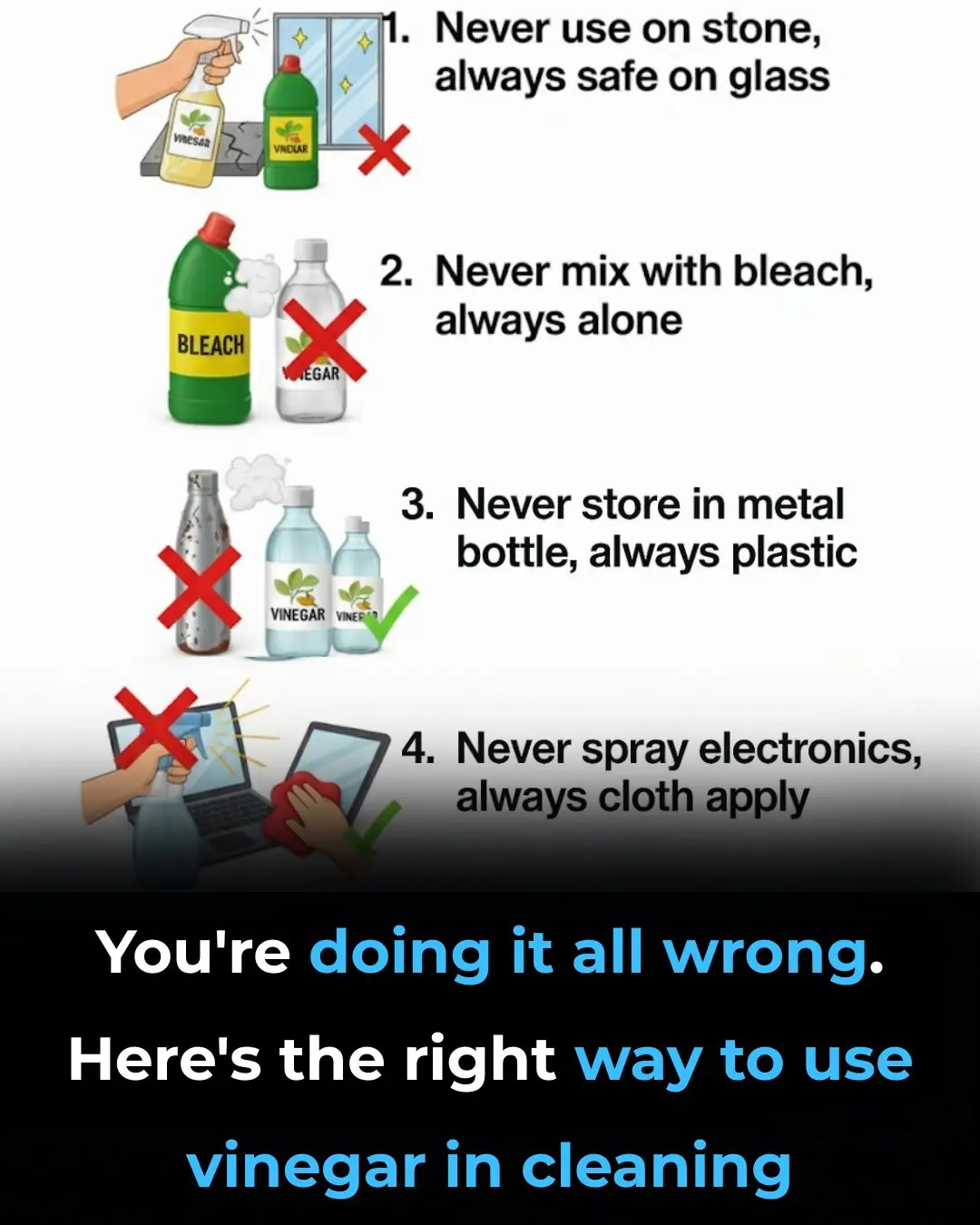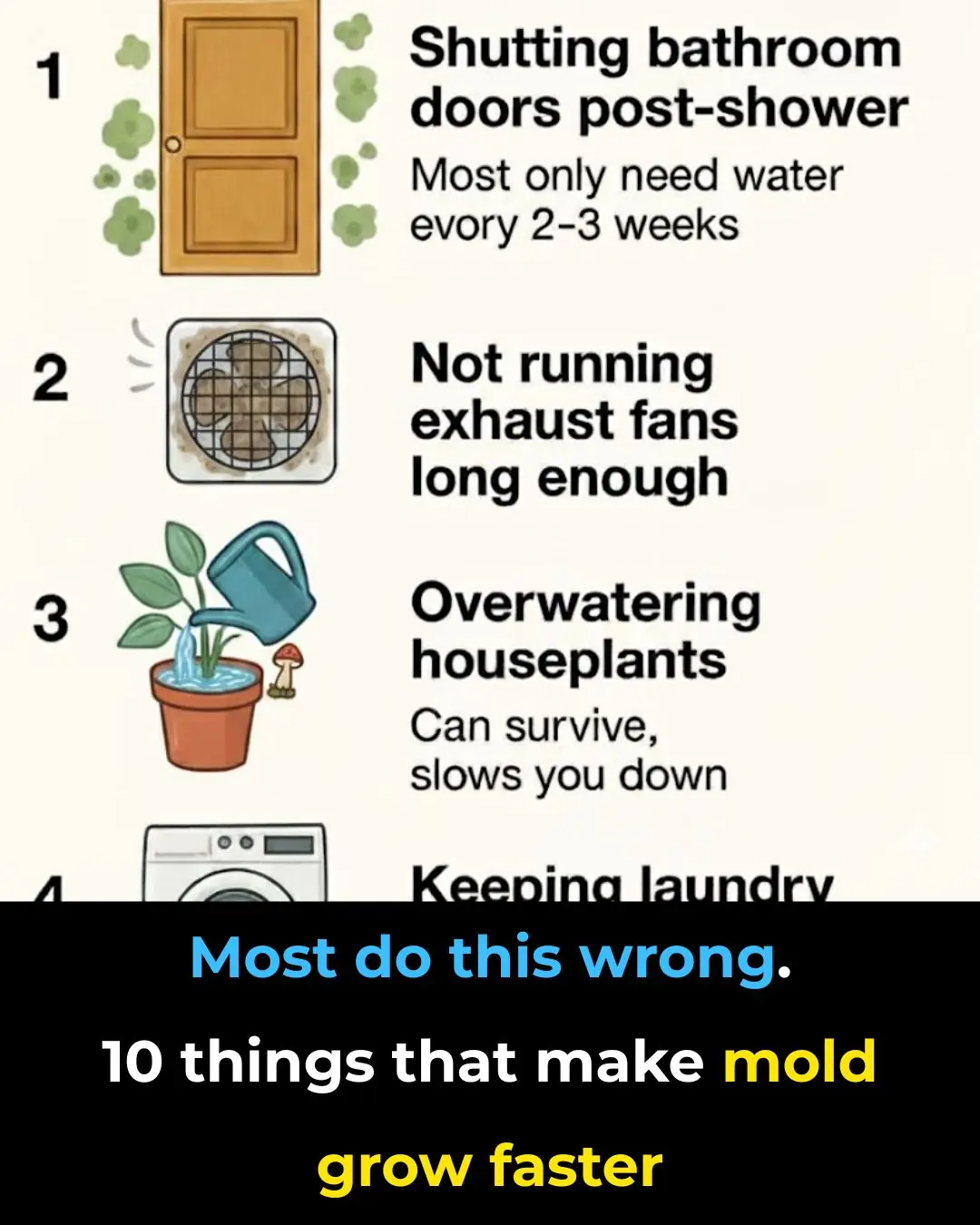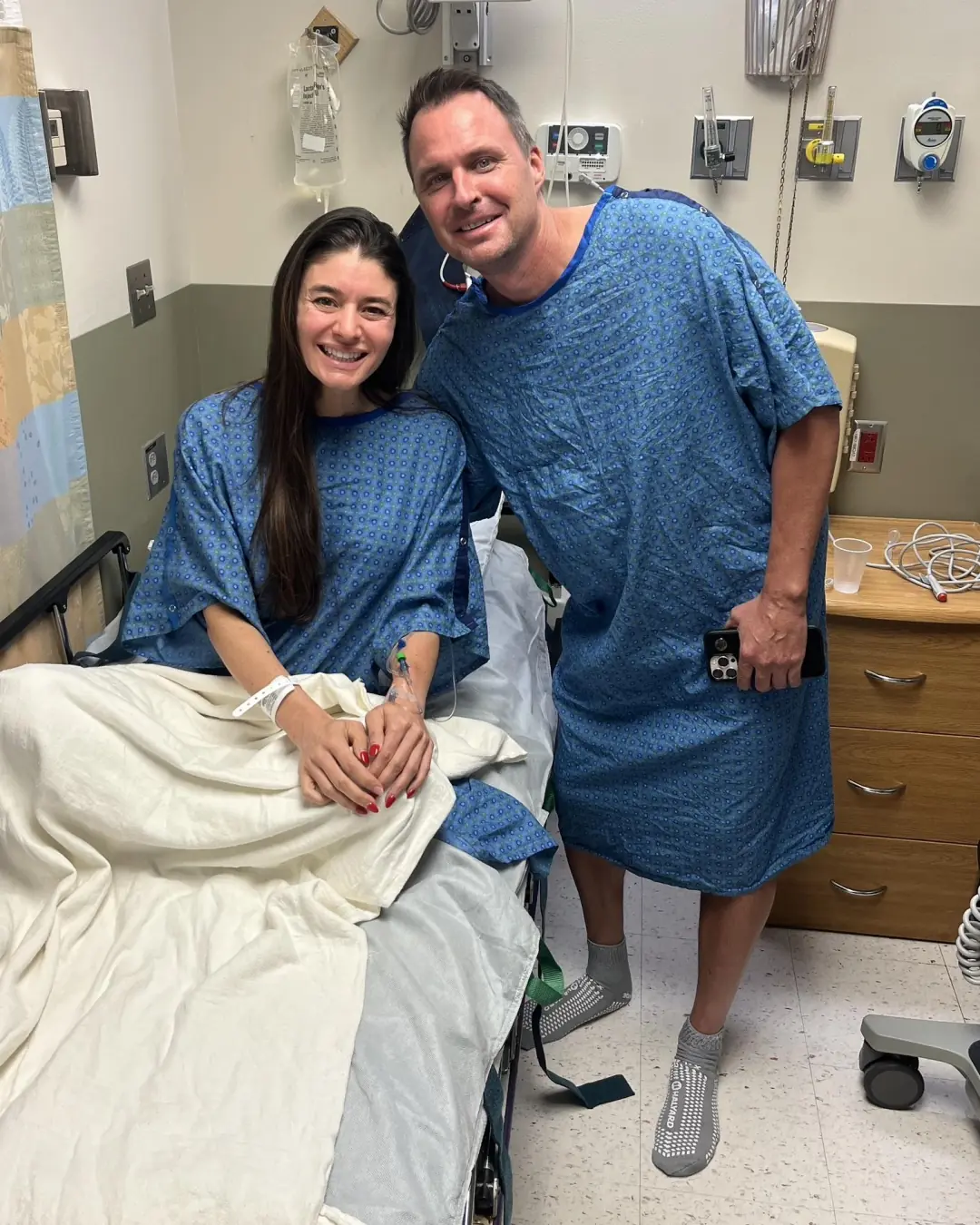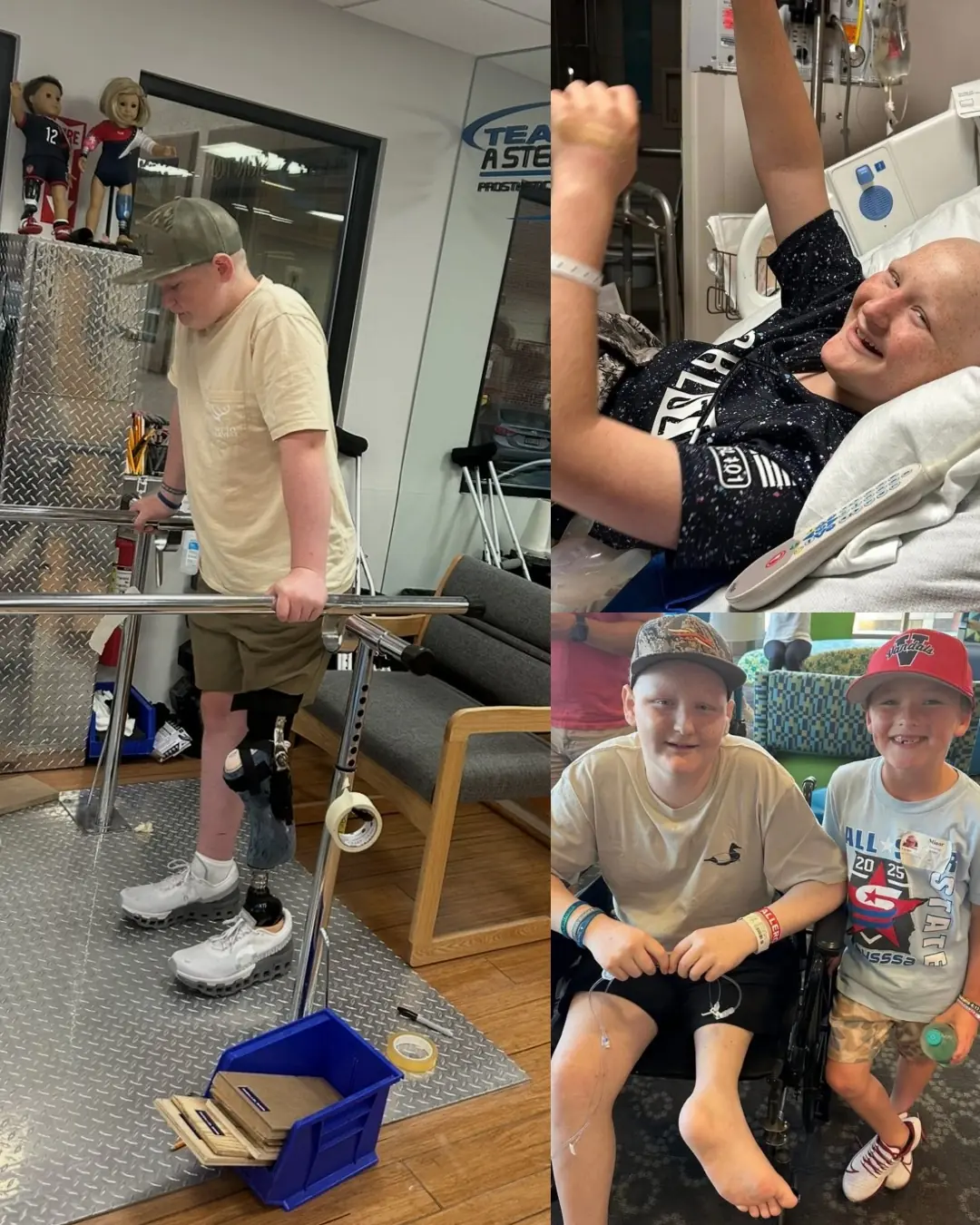
🦶 Your Feet Are a "Blood Sugar Meter": Beware of Diabetes If You Frequently Experience These 5 Strange Symptoms

Your feet can actually show early warning signs of diabetes even before a blood test confirms it.
When blood sugar levels remain high, they damage nerves and blood vessels throughout the body. Because the feet are farthest from the heart, circulation tends to weaken there first, making the feet one of the earliest places to display noticeable symptoms.
Below are five unusual foot symptoms that may indicate your blood sugar is becoming elevated:
1. Prominent or Bulging Veins
When veins on the feet or ankles become more visible than usual, it may be a sign that circulation is not functioning efficiently.
Why this happens:
High blood sugar can weaken and stiffen blood vessel walls, causing blood to move more slowly and pool in the lower legs and feet.
What to do:
-
Walk daily to encourage circulation.
-
Gently massage the feet and calves.
-
Avoid sitting or standing in one position for long periods.
-
Elevate your feet occasionally to reduce swelling.
2. Tingling, Burning, or Numbness (Peripheral Neuropathy)
A persistent sensation of “pins and needles,” burning, or complete numbness in the toes or feet may signal nerve damage.
Why this happens:
Excess glucose can injure nerve fibers over time, particularly those that control sensation in the feet.
What to do:
-
Focus on keeping blood sugar within a healthy range.
-
Ask your doctor whether vitamin B12 supplements are appropriate.
-
Avoid walking barefoot, as numbness increases the risk of unnoticed injury.
3. Cold Feet or Reduced Warmth
If your feet often feel cold even in warm conditions, circulation may be compromised.
Why this happens:
Narrowed arteries and damaged nerves can prevent warm, oxygen-rich blood from reaching the toes and feet.
What to do:
-
Exercise regularly to support cardiovascular function.
-
Include omega-3 fatty acids in your diet (salmon, walnuts, chia seeds).
-
Avoid smoking, which further restricts blood flow.
4. Slow-Healing Cuts, Blisters, or Sores
Foot injuries that take much longer than normal to heal are a strong potential warning sign.
Why this happens:
Weak circulation and nerve damage interfere with the body’s ability to repair tissue and fight infection.
What to do:
-
Check your feet daily for scratches, irritation, or blisters.
-
Wear shoes that fit well and allow air circulation.
-
Keep any wounds clean and monitor them closely.
5. Dry, Cracked, or Itchy Skin
Very dry heels or flaky skin may indicate that the nerves controlling moisture and sweat production are affected.
Why this happens:
Nerve damage can reduce natural hydration and oil production in the feet.
What to do:
-
Apply a fragrance-free moisturizing cream regularly.
-
Stay well-hydrated throughout the day.
-
Avoid extremely hot showers that strip natural oils.
What to Do if You Notice These Symptoms
-
Have your blood sugar levels checked as soon as possible.
-
Discuss symptoms with a doctor for a full metabolic evaluation.
-
Transition to a low-glycemic diet to help stabilize glucose levels.
Diet Recommendations:
-
Increase intake of leafy greens, legumes, avocados, nuts, and whole grains.
-
Reduce sugary drinks, white bread, pastries, and highly processed carbohydrates.
Daily Habits:
-
Engage in at least 30 minutes of movement each day (walking is highly effective).
-
Keep your feet clean, dry, and moisturized to protect the skin barrier.
Foods That Support Blood Sugar Balance and Circulation
| Food | Benefit |
|---|---|
| Spinach & Kale | High in magnesium; supports stable blood sugar. |
| Bitter Melon | Contains compounds that may naturally lower glucose levels. |
| White Beans | High fiber; slows sugar absorption into the bloodstream. |
| Avocados | Promote better insulin sensitivity and heart health. |
| Cinnamon | May help reduce fasting blood sugar levels. |
| Garlic | Encourages healthier circulation and reduces inflammation. |
In Summary
Visible veins, numbness, cold feet, slow-healing wounds, and very dry skin are not symptoms to ignore. These signs may indicate rising blood sugar levels and early nerve or circulatory damage. Recognizing and addressing these changes early can prevent more serious long-term complications.
Taking action now—through diet, exercise, and proper foot care—can protect your health and prevent further progression.
News in the same category


‘New Couple Alert’ on Hoda Kotb’s Photo With Kevin Costner at Super Bowl

Blurred Vision in One Eye and a Headache

George Clinton and Rodney “Darkchild” Jerkins Honored as 2025 Songwriters Hall of Fame Inductees

Angel Reese Surprises Mom for Birthday by Paying off Her Mortgage

THIS 30-YEAR-OLD FOUNDER IS BEHIND THE WORLD’S FIRST ON-DEMAND ELECTRIC VEHICLE CHARGING NETWORK

Pioneering Founder of ‘Afro Sheen,’ George Johnson, to Release Memoir at 97 Years Old

Meet the Founder of the Only Black-Owned Dog Food Company in the U.S.

Meet Kimberlé Williams Crenshaw, the Pioneering Legal Scholar Whose Work Birthed Critical Race Theory

How a Legal Error Cost Justin Baldoni his $400M Lawsuit Against Blake Lively and Ryan Reynolds

Water Pepper — The Plant That Parasites Fear

Don’t Throw Away Fish Mint Roots — Here’s Why They’re a Hidden Superfood

Here’s the right way to use vinegar in cleaning

Easy DIY Fix for Cracked Bathroom Caulking

8 Reasons Why Adding Baking Soda to Your Toilet Tank Is a Must-Do Trick

Most People Do This Wrong: 10 Everyday Habits That Make Mold Grow Faster

Three Traditional Foods That Help Menopausal Women Stay Youthful and Balanced

How to Drink Honey Water Properly: Surprising Benefits, Best Times, and Who Should Avoid It

Taylor Swift reportedly beefs up security by $2M as she steers clear of spotlight at Travis Kelce’s games
News Post

The Heartbeat of Compassion: The Unlikely Hero Who Saved a Hippo's Life

Zoo in Thailand Shut Down After Bears in Giant Hamster Balls Turn on Guests

A Pitcher’s Second Chance: How a High School Classmate Stepped Up to Save Steven Register’s Life

Rooting for Will: A Tuesday of Joy Before a Wednesday of Courage

Two Hearts That Needed Each Other.

The Mother Who Delivered More Than Food.

The Boy Who Paid for a Stranger’s Meal When No One Was Watching.

How To Use a Frozen Lemon To Fight Malignant Tumors in The Body

Can I Eat Without Hiding Now?

He Thought It Was Just Another Shift — Until a Life Was Placed in His Hands.

How to make fragrant and nutritious passion fruit peel jam

The refrigerator gasket is moldy, use this to clean it, it will be clean in just 5 minutes

How to make spicy and sour pickled cabbage to eat during Tet

Winter drink lemon honey ginger water, body 5 special benefits

The Little Bear Who Just Needed a Way Home.

Tet candies have desiccant packets, remember to keep them because they are extremely useful.

The old farmer reveals the differences between 2 types of cabbage and 3 things to note when buying to avoid confusion and choose delicious, safe types.

6 types of 'natural miracle' vegetables help the stomach get healthy every day, eat regularly for 1 week and you will see the difference

Shrimp seller tips: How to distinguish farmed shrimp from wild shrimp in just a few seconds of observation
